UMTS: High Speed Packet Access (HSPA) Technology
2008, 2008 IEEE International Networking and Communications Conference
Sign up for access to the world's latest research
Abstract
AI
AI
The paper discusses UMTS (Universal Mobile Telecommunications System) and High Speed Packet Access (HSPA) technology, detailing its deployment under GSM/GPRS networks and the role of WCDMA (Wideband Code Division Multiple Access) in facilitating this technology. Key aspects covered include the generation and use of Gold codes and orthogonal variable spreading factor (OVSF) codes, adaptive modulation and coding, and the various protocols involved in HSPA such as Hybrid ARQ and the High Speed Physical Downlink Shared Channel (HS-PDSCH). Furthermore, the paper provides a brief comparison with other standards like WiMAX and outlines IMT-2000 (3G) requirements.




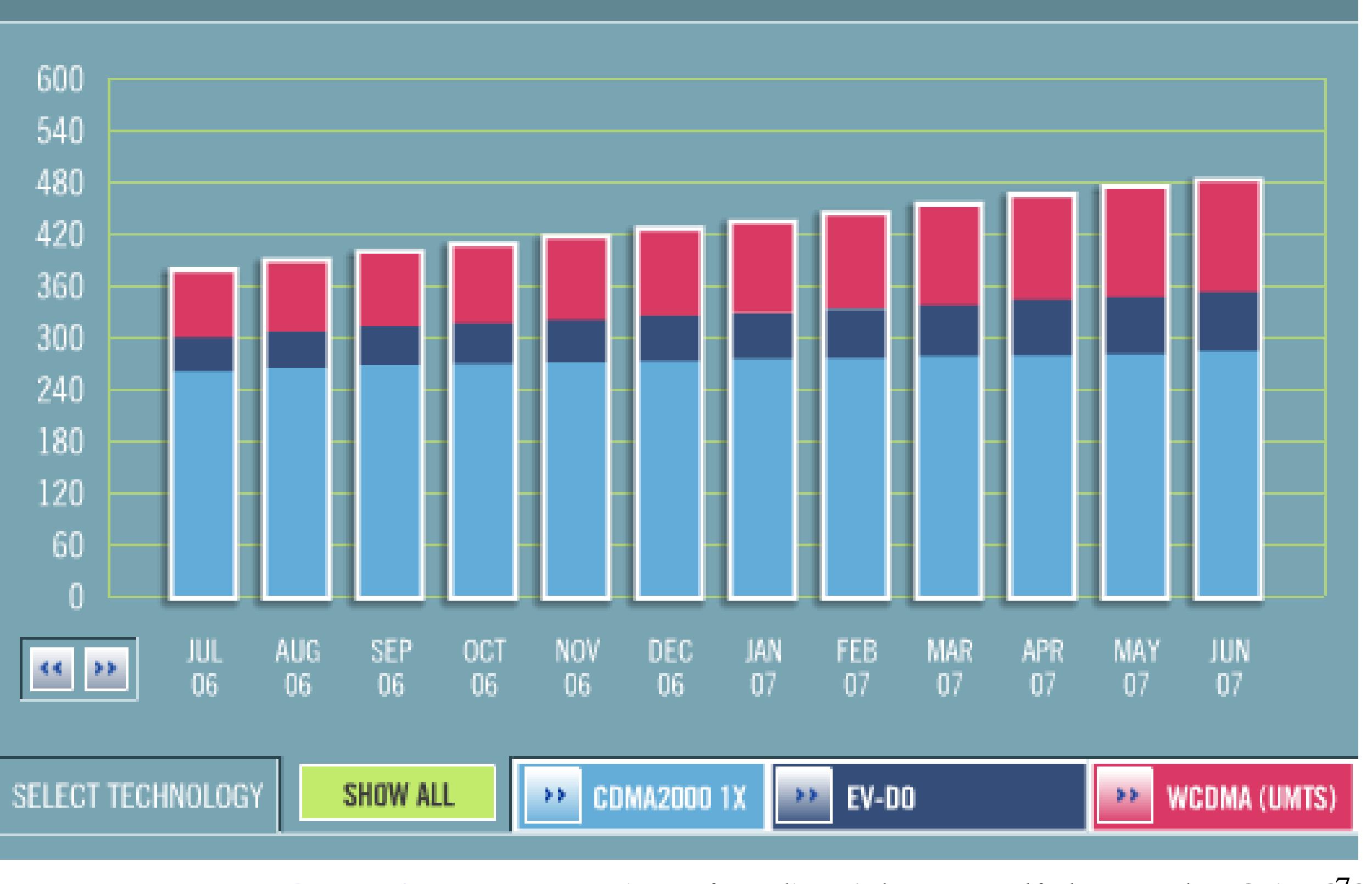













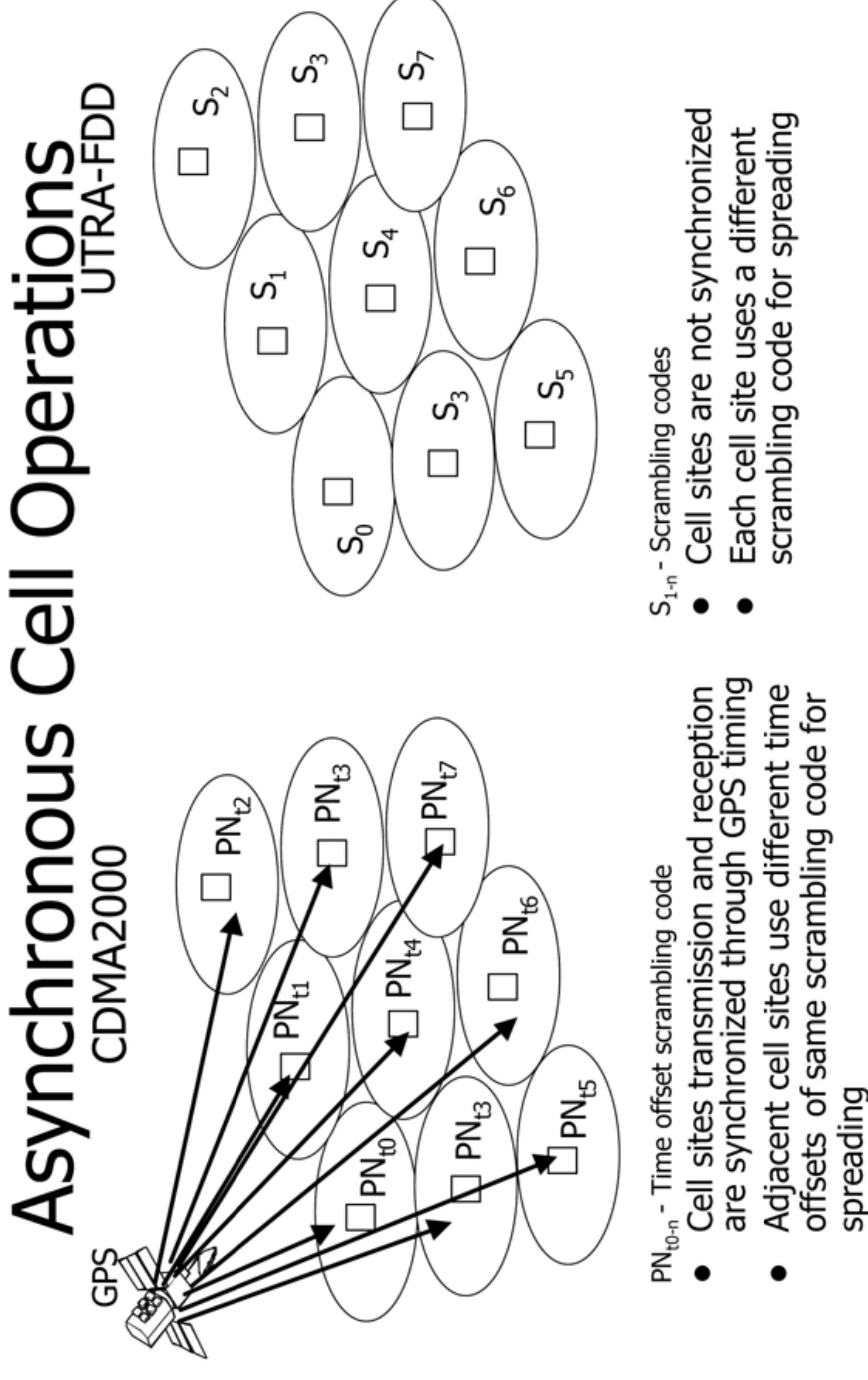


















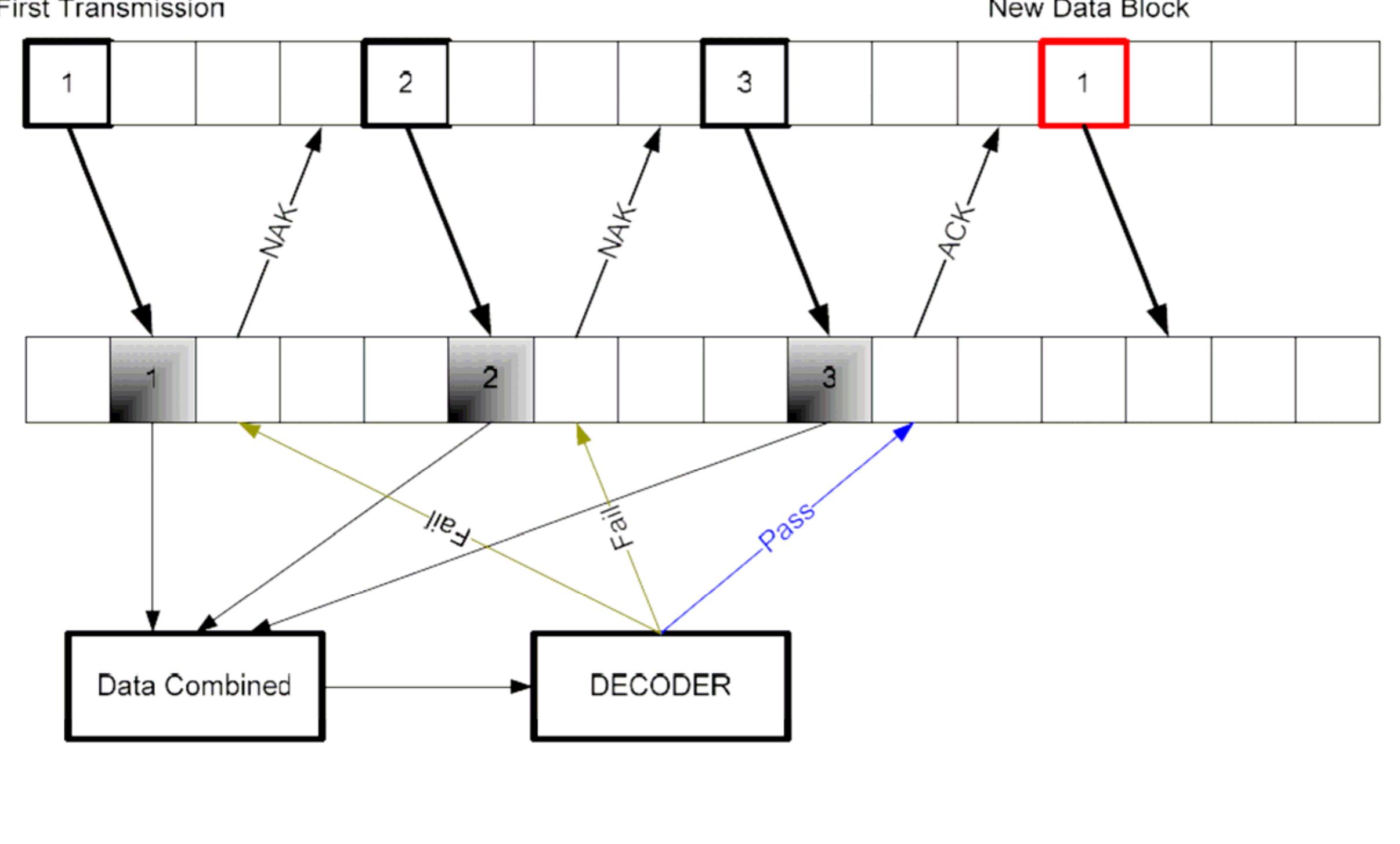















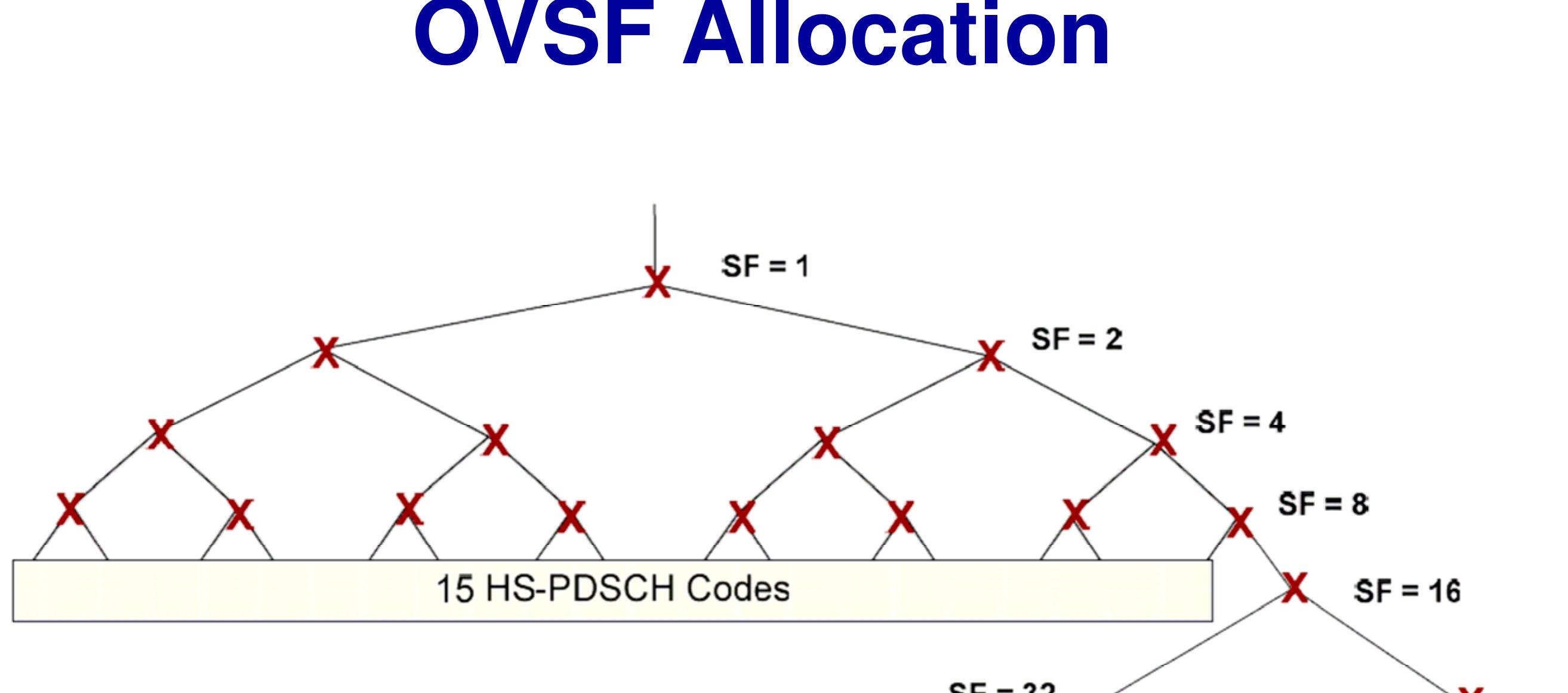




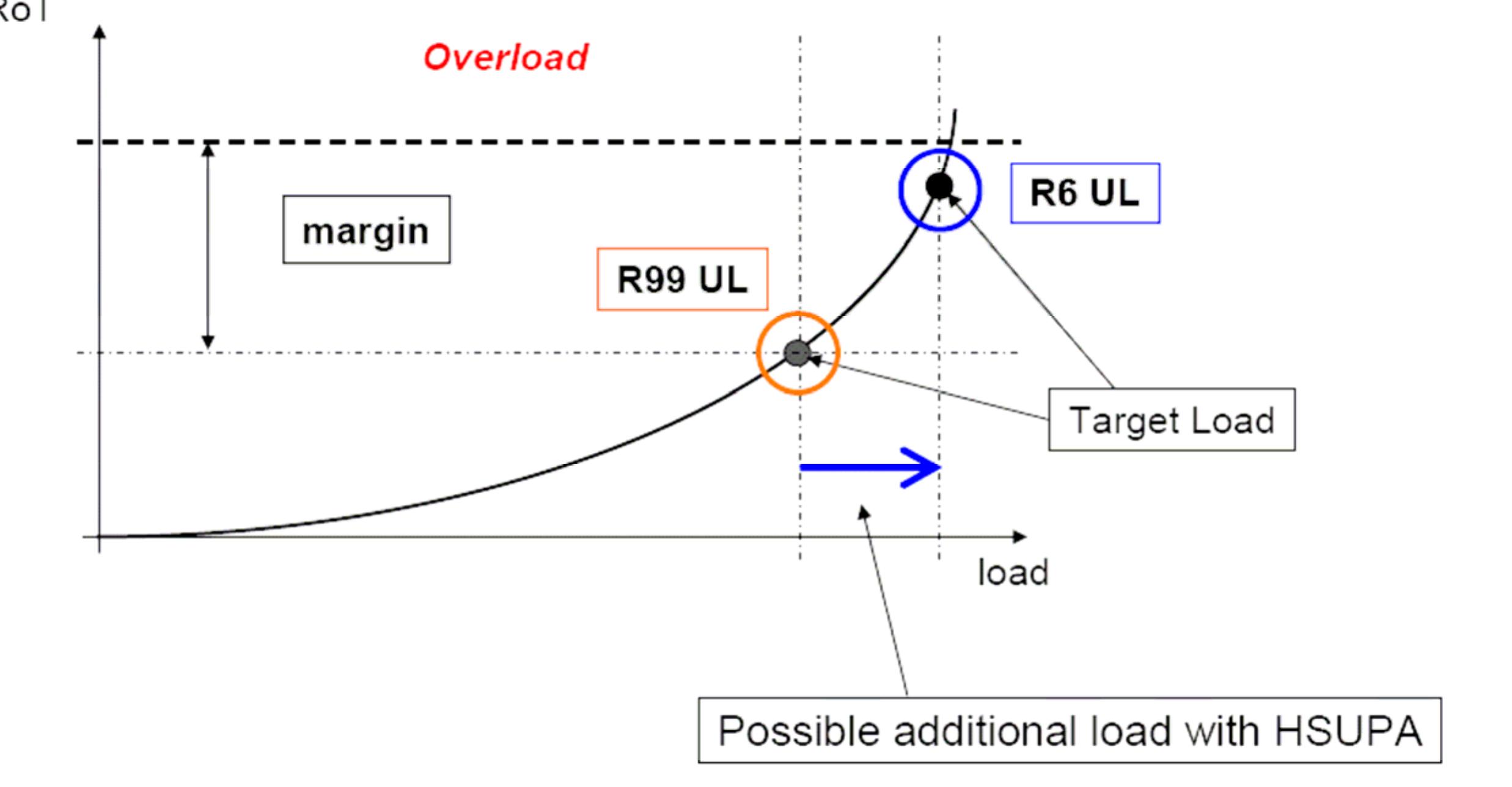
















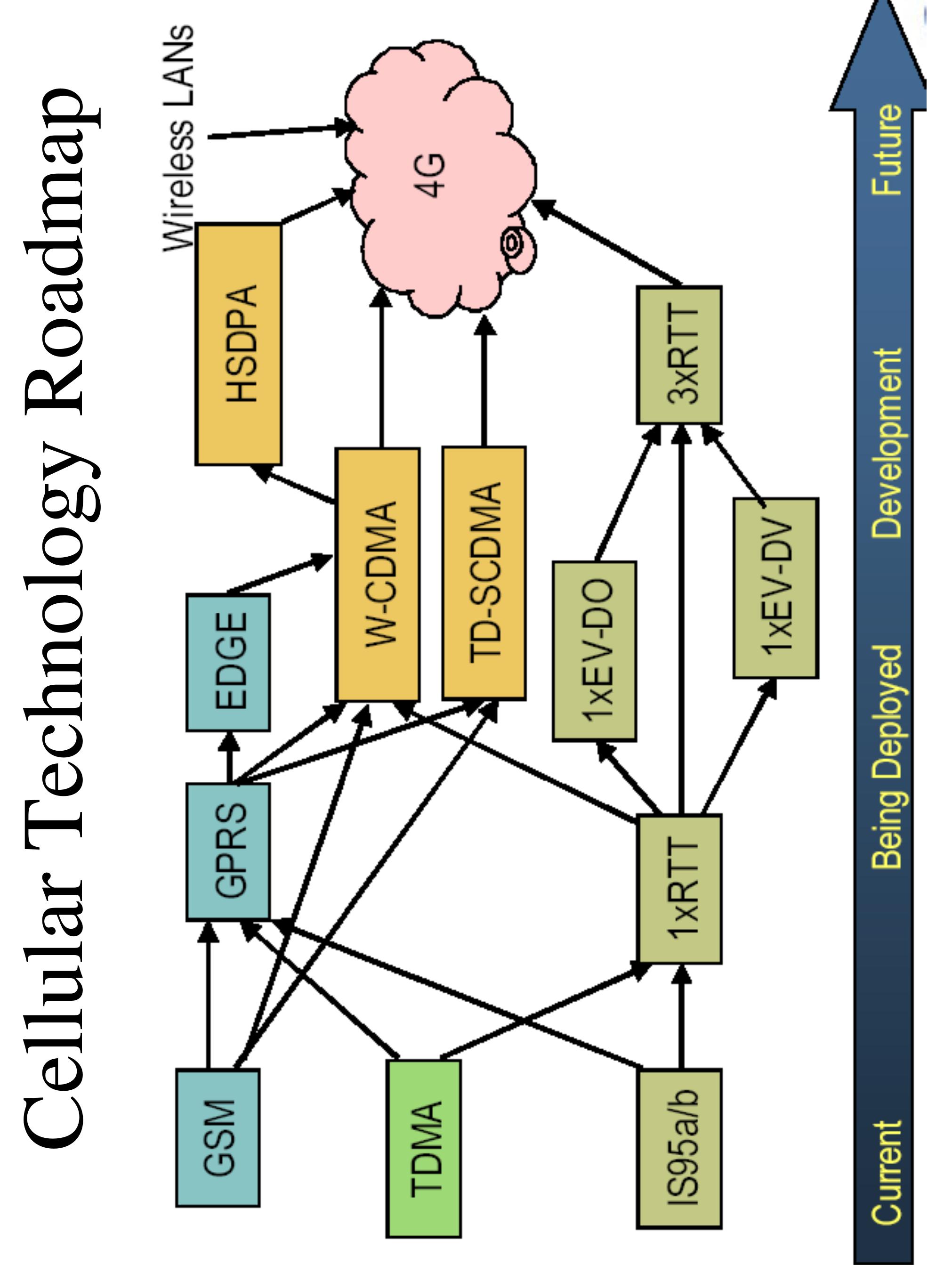
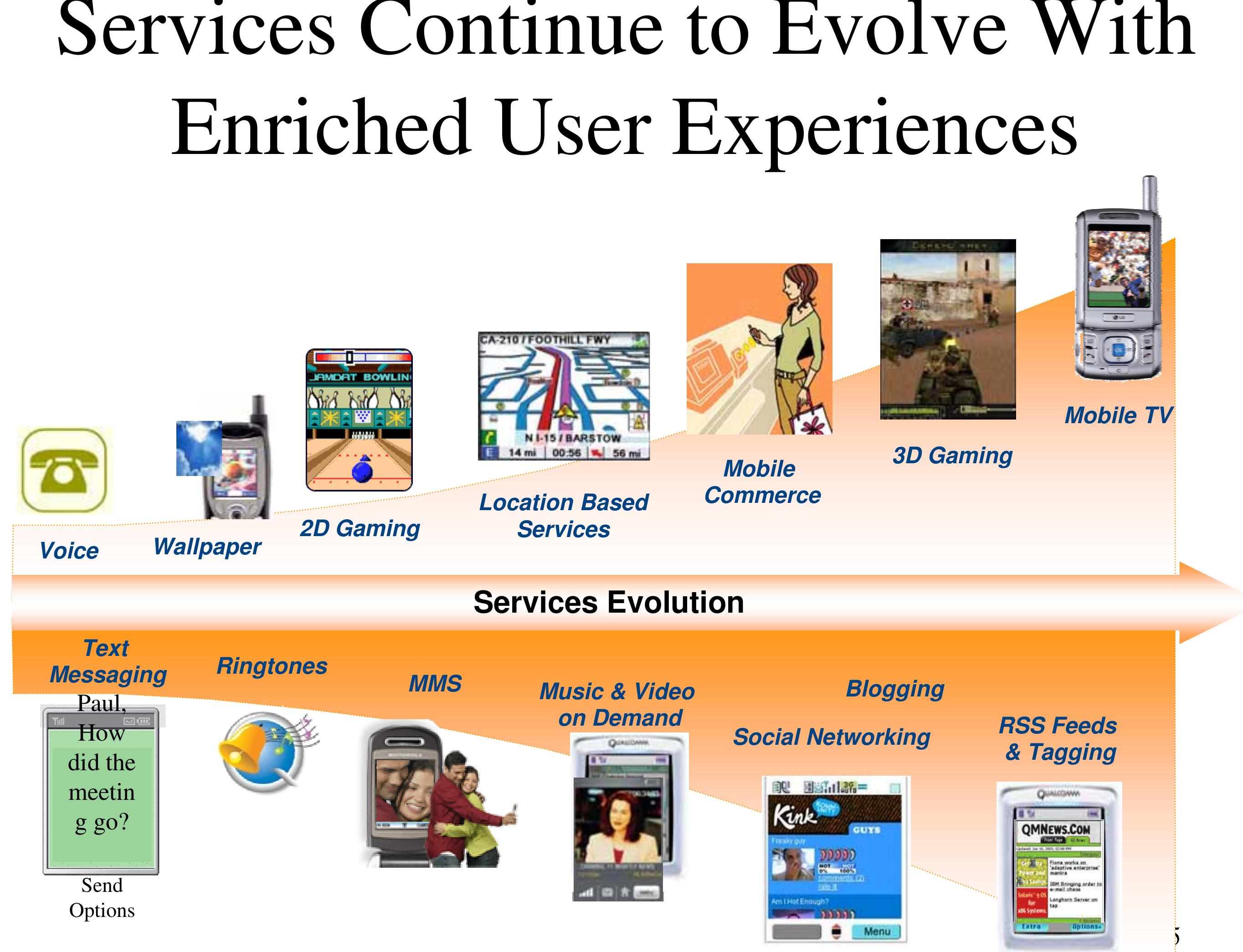
Related papers
3G (Third Generation) cellular networks provide high speed data packet transfer both at uplink and downlink using High Speed Packet Access (HSPA) technology. High Speed Downlink Packet Access (HSDPA) as the 3G evolution of Wideband Code Division Multiple Access (WCDMA) enjoys a couple of key-enabling features such as fast link adaptation, fast scheduling and Hybrid Automatic Repeat-reQuest (HARQ) with soft combining in order to provide high speed data packet transfers at downlink. In this paper, we introduce some of the fundamental technologies of HSDPA, and then focus on HARQ with soft combining as one of the remarkable features of HSDPA. HARQ and HARQ with soft combining as well as its two different strategies, Chase combining and Incremental Redundancy (IR), are described. We evaluate these two flavors of HARQ with soft combining and explain their pros and cons through comparing them. The simulations aim to investigate how a channel with the HARQ of HSDPA, but without the link adaptation will perform compared to a regular HSDPA channel. The simulations also provide a comparison between applying redundancy in terms of error correction and error detection schemes versus transmitting simple signals without any redundancy concerning error correction.
2002
In anticipation of the high demand for wireless data services, several wireless standards are evolving to support packed data more efficiently. In UMTS, a new, shared channel called the high speed downlink shared channel (HS-DSCH) that multiplexes packet data users has been defined. Several performance-enhancing technologies are included in high speed downlink packet access (HSDPA): adaptive modulation and coding (AMC), hybrid ARQ (HARQ), scheduling etc. HARQ algorithm plays a critical role in HSDPA performance. HARQ techniques are classified in terms of the combining method (chase or incremental redundancy, IR), protocol timing (synchronous or asynchronous) and adaptivity (if modulation/code-rate can be changed for retransmission or not). In previous work (Das et al. 2001), an adaptive, asynchronous, incremental redundancy (A2IR) scheme was proposed and shown to provide substantial gains over other HARQ options. In this paper, the design and performance aspects of A2IR in the code domain (as against the time domain in Das et al.) are considered. Due to the higher bandwidth of the UMTS channels compared to cdma2000 or HDR, it is expected that code-division multiplexing (CDM) of users will be needed to "fill the data pipe" instead of pure time-division multiplexing. The paper also analyzes tradeoffs that are unique to implementing A2IR with CDM. A2IR with a fixed TTI is now part of UMTS Release 5.
2003 IEEE Wireless Communications and Networking, 2003. WCNC 2003., 2003
The High Speed Downlink Packet Access (HSDPA) is currently an important research topic to enhance the downlink performance of a WCDMA network. It is a set of schemes built on top of the Downlink Shared Channel (DSCH), resulting an extremely high bit rate for a single user in the downlink. When the channel condition is good, a high utilization of the code resource for a single user can be effectively achieved. However, when the channel condition is bad, a fraction of the code resource would be wasted because only a user can use a small fraction of the code resource. Thus, code multiplexing offers a solution to utilize the limited code resource more effectively.
The 13th IEEE International Symposium on Personal, Indoor and Mobile Radio Communications, 2002
In anticipation of the high demand for wireless data services, several wireless standards are evolving to support packed data more efficiently. In UMTS, a new, shared channel called the High Speed Downlink Shared Channel (HS-DSCH) that multiplexes packet data users has been defined. Several performance-enhancing technologies are included in High Speed Downlink Packet Access (HSDPA): Adaptive modulation and coding (AMC), Hybrid ARQ (HARQ), scheduling etc. HARQ algorithm plays a critical role in HSDPA performance. HARQ techniques are classified in terms of the combining method (Chase or Incremental Redundancy, IR), protocol timing (synchronous or asynchronous) and adaptivity (if modulation/code-rate can be changed for retransmission or not). In previous work ([6] and [7]), an adaptive, asynchronous, incremental redundancy (A 2 IR) scheme was proposed and shown to provide substantial gains over other HARQ options. In this paper, the design and performance aspects of A 2 IR in the code domain (as against the time domain in [6] and [7]) are considered. Due to the higher bandwidth of UMTS channels compared to cdma2000 or HDR, it is expected that code-division multiplexing (CDM) of users will be needed to "fill the data pipe" instead of pure time-division multiplexing. The paper also analyzes tradeoffs that are unique to implementing A 2 IR with CDM. A 2 IR with a fixed TTI is now part of UMTS Release 5.
2002
An expanded effort is underway to support the evolution of the UMTS standard to meet the rapidly developing needs associated with wireless Internet applications. The support of high-speed downlink packet access (HSDPA) is provided by means of a new, shared channel called high speed downlink shared channel (HS-DSCH) which is enabled by a number of performance enhancing technologies such as adaptive modulation and coding (AMC), hybrid ARQ (HARQ), fat-pipe scheduling, fast cell site selection (FCSS) and multiple input multiple output (MIMO) antenna techniques. To fully benefit from these technologies, one must guarantee fast and reliable control message exchange between the base station and the user terminals. The downlink signaling is done through the use of shared control channels (SCCH) accompanied with each HS-DSCH. Since the SCCHs, HS-DSCH, and voice channels share the same resources (power, bandwidth), control signalling is often improved at the cost of system resources and capacity. In this paper, we evaluate the performance of the SCCH. The challenges and tradeoffs in the SCCH design will also be discussed.
ICETE (3), 2004
This paper addresses the performance of the downlink High Speed Data Packet Access (HSDPA) in QPSK mode. Transmit Diversity (TD) enhancement schemes such as Space Time Transmit Diversity (STTD) and Selective Transmit Diversity (STD), alongside a Power Control (PC) scheme, are covered to improve the system capacity. To evaluate the performance and the advantages of all the schemes under different conditions, several combinations of these were simulated in the AWGN, Indoor A and Pedestrian A channels. For the best combination, a gain of 11.5dB can be achieved, for a BLER of 1%.
EURASIP Journal on Wireless Communications and Networking, 2012
A successive interference cancelation (SIC) method is developed in this article to improve the performance of the downlink transmission throughput for the current high speed downlink packet access (HSDPA) system. The multicode code division multiplexing spreading sequences are orthogonal at the HSDPA downlink transmitter. However, the spreading sequences loose their orthogonality following transmission through frequency selective multipath channels. The SIC method uses a minimum-mean-square-error (MMSE) equalizer at the receiver to despread multicode signals to restore the orthogonality of the receiver signature sequences. The SIC scheme is also used as part of the resource allocation schemes at the transmitter and for the purpose of interference and inter-symbolinterference cancelation at the receiver. The article proposes a novel system value based optimization criterion to provide a computationally efficient energy allocation method at the transmitter, when using the SIC interference cancelation and MMSE equalizer methods at the receiver. The performance of the proposed MMSE equalizer based on the SIC receiver is significantly improved compared with the existing schemes tested and is very close to the theoretical upper bound which may be achieved under laboratory conditions.
2010
HSDPA is a new feature which is introduced in Release-5 specifications of the 3GPP WCDMA/UTRA standard to realize higher speed data rate together with lower round-trip times. Moreover, the HSDPA concept offers outstanding improvement of packet throughput and also significantly reduces the packet call transfer delay as compared to Release -99 DSCH. Till now the HSDPA system uses turbo coding which is the best coding technique to achieve the Shannon limit. However, the main drawbacks of turbo coding are high decoding complexity and high latency which makes it unsuitable for some applications like satellite communications, since the transmission distance itself introduces latency due to limited speed of light. Hence in this paper it is proposed to use LDPC coding in place of Turbo coding for HSDPA system which decreases the latency and decoding complexity. But LDPC coding increases the Encoding complexity. Though the complexity of transmitter increases at NodeB, the End user is at an a...

Loading Preview
Sorry, preview is currently unavailable. You can download the paper by clicking the button above.
References (7)
- Reference: WCDMA(UMTS) Overview, QUALCOMM UMTS University. OVSF Code Usage Reference: WCDMA(UMTS) Overview, QUALCOMM UMTS University. Scrambling Codes Reference: WCDMA (UMTS) HSUPA Protocols and Physical Layer, QUALCOMM UMTS University.
- WCDMA(UMTS) Overview, QUALCOMM UMTS University.
- WCDMA for UMTS: Radio Access for Third Generation Mobile Communications, H. Holma and A. Toskla, Second Edition, John Wiley and Sons, 2002.
- Scrambling Techniques for CDMA Communications, B. G. Lee and B. Kim, Kluwer Academic Publishers, 2001.
- HSDPA: Protocol and Physical Layer, Qualcomm UMTS University.
- HSUPA:Protocol and Physical Layer, Qualcomm UMTS University.
- HSDPA/HSUPA for UMTS, Ed. Holma and A. Toskla, Second Edition, John Wiley and Sons, 2006. References
 Syed Sajja Shah
Syed Sajja Shah